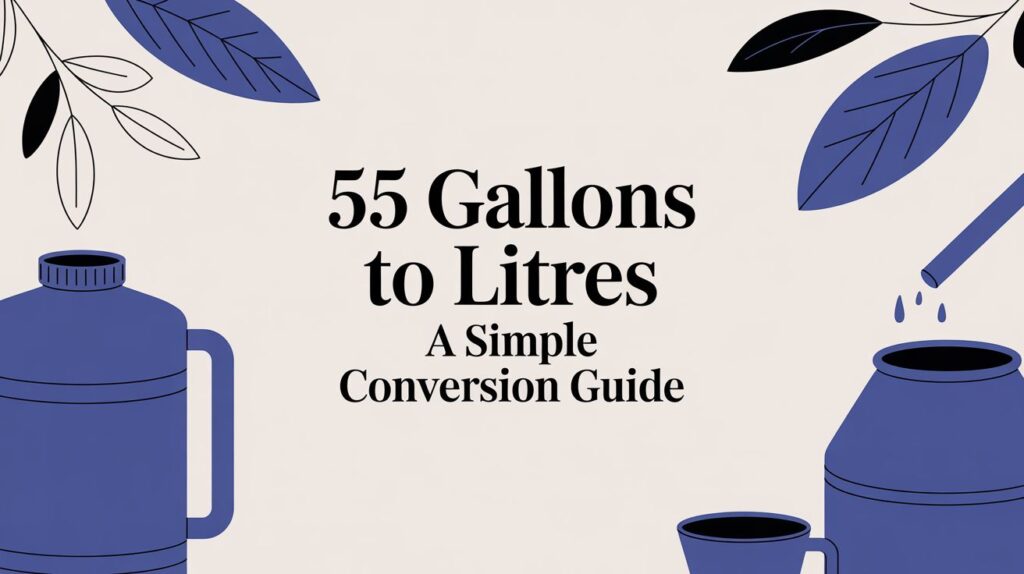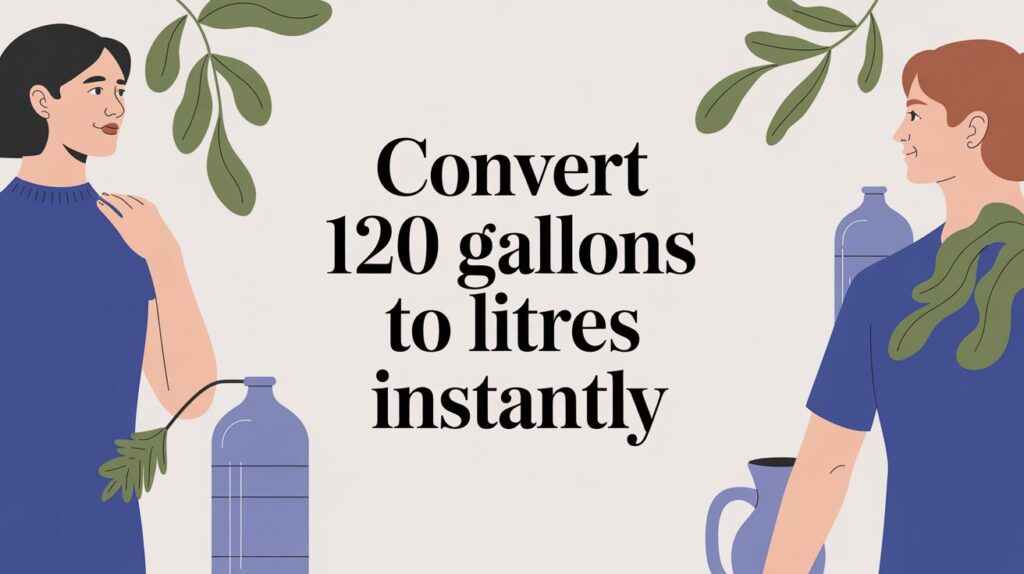Tag Archives: liquid measurement
55 Gallons to Litres A Simple Conversion Guide
When you're dealing with bulk liquids, the iconic 55-gallon drum is a famil...
Convert 120 Gallons to Litres Instantly
Figuring out "120 gallons to litres" isn't as simple as one numbe...


